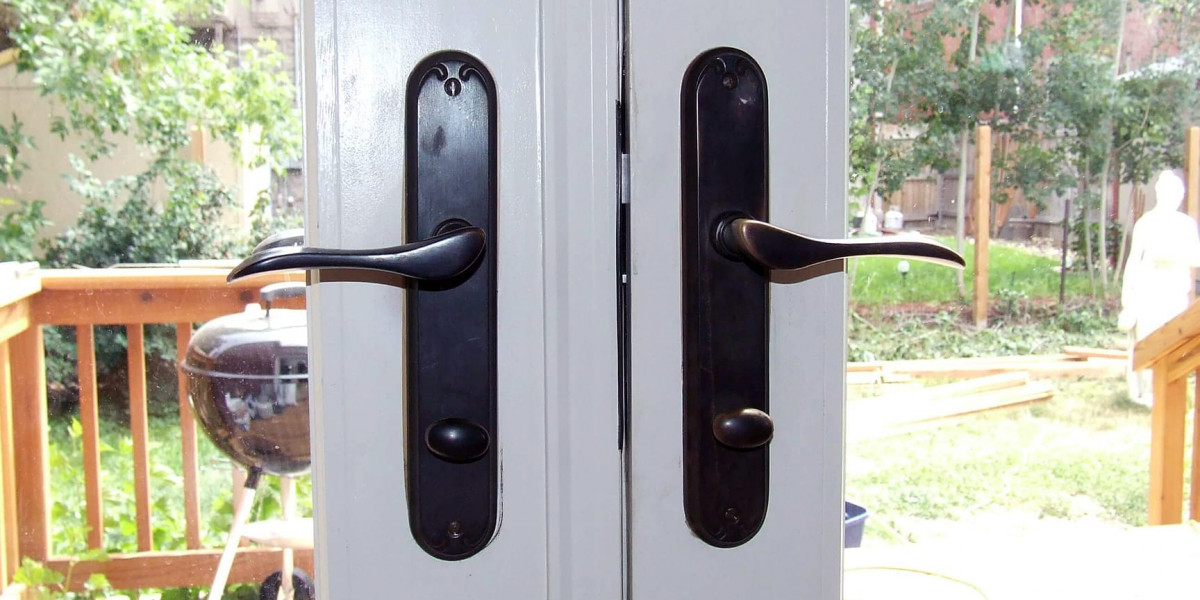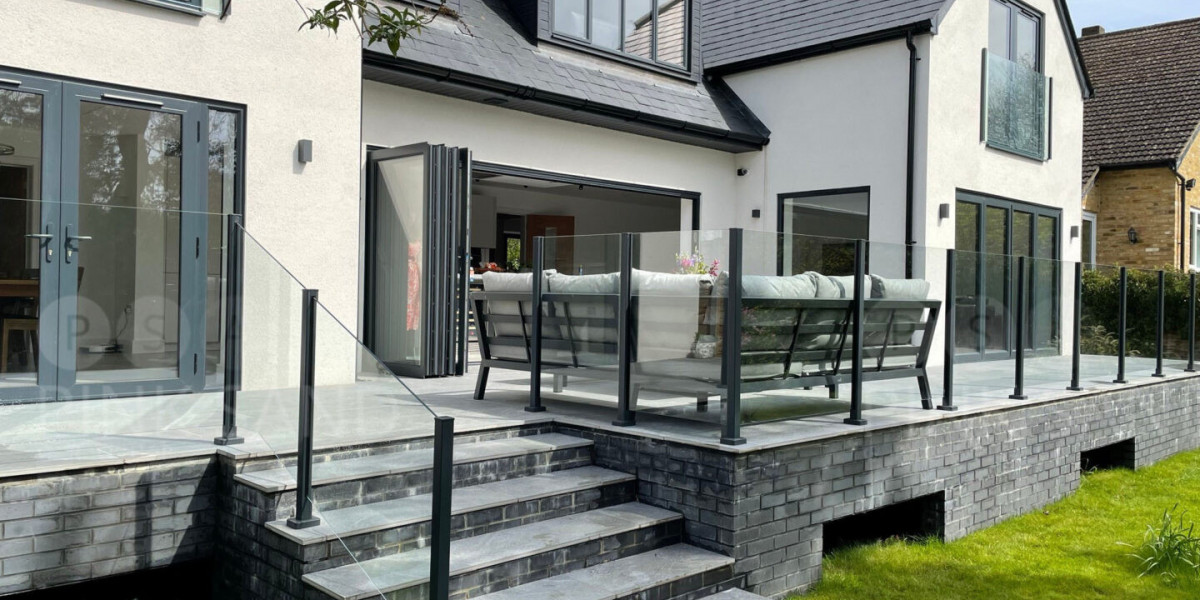Whether you’re hosting summer barbecues, enjoying a quiet morning coffee, or securing your home, choosing the right lockable patio door is crucial. With so many options available, making the right decision can feel overwhelming. This guide will help you understand the key factors to consider when selecting the perfect patio door for your space.
1. Determine the Type of Patio Door
The first step in choosing the right patio door is deciding on the type of door that best suits your home and lifestyle. There are several common styles:
Sliding Patio Doors: These doors slide horizontally on tracks and are ideal for areas with limited space. They are easy to operate and provide a wide view of the outdoors. Modern sliding doors often come with multi-point locking systems for enhanced security.
French Doors: Also called swinging or double doors, French doors open inward or outward on hinges. They offer a classic aesthetic and allow for maximum natural light. Lockable versions often include a combination of deadbolts and multi-point locks.
Bi-Fold or Accordion Doors: These doors fold open like an accordion, creating a seamless connection between indoor and outdoor spaces. Bi-fold doors are perfect for entertaining and offer robust security features, including multiple locking points.
Tilt-and-Turn Doors: Popular in Europe, these versatile doors can either tilt inward for ventilation or swing fully open. They provide excellent insulation and security but require more space and investment.
Your choice will depend on your available space, style preference, and how you intend to use the patio area.
2. Prioritize Security Features
A lockable patio door must provide safety and peace of mind. When evaluating security features, consider the following:
Multi-Point Locking Systems: These locks engage at several points along the door frame, making it significantly harder for intruders to force the door open.
Reinforced Frames: Aluminum or steel-reinforced frames offer better resistance to forced entry compared to standard wood or vinyl frames.
Impact-Resistant Glass: Laminated or tempered glass is stronger and harder to break. Some glass options also include shatterproof layers to prevent injuries if the glass is broken.
Locking Handles: Modern patio doors often come with key-operated handles or internal locking mechanisms. Look for handles that are resistant to picking or tampering.
Security Sensors: For extra protection, some doors can be integrated with smart home systems, alerting you if the door is opened unexpectedly.
Security is not just about locks; it’s about choosing a door designed to resist break-ins while maintaining ease of use.
3. Consider Material Options
The material of your patio door affects durability, energy efficiency, maintenance, and aesthetic appeal. Common materials include:
Vinyl: Affordable, low-maintenance, and energy-efficient. Vinyl doors resist warping and corrosion, making them suitable for humid or coastal areas.
Aluminum: Sleek and modern, aluminum doors are durable and lightweight. They require minimal maintenance but may conduct heat or cold, potentially affecting energy efficiency unless thermally broken.
Wood: Offers a classic, warm look and can be customized with paint or stain. Wood doors, however, require regular maintenance to prevent warping or rot, especially in moist environments.
Fiberglass: Durable, energy-efficient, and low-maintenance. Fiberglass can mimic wood’s appearance while resisting warping, cracking, and rotting.
Composite Materials: These doors combine materials such as wood, vinyl, and aluminum to balance strength, insulation, and aesthetics.
Selecting the right material ensures your patio door withstands the elements while complementing your home’s style.
4. Evaluate Energy Efficiency
A patio door can significantly impact your home’s heating and cooling costs. Energy-efficient doors keep your space comfortable while reducing utility bills. Look for:
Double or Triple Glazing: Multi-layered glass improves insulation and reduces heat transfer. Some options also include gas fills like argon or krypton for added efficiency.
Low-E Coatings: These coatings reflect heat while allowing natural light to enter, keeping your home warmer in winter and cooler in summer.
Insulated Frames: Materials like vinyl and fiberglass offer better thermal performance than aluminum unless aluminum frames include thermal breaks.
Energy efficiency is not just about saving money, it also contributes to environmental sustainability.
5. Measure Your Space Accurately
Proper measurements are critical to ensure your patio door fits perfectly. Measure both the width and height of the opening, considering the door’s frame and any trim. If replacing an existing door, check for square corners and note any irregularities. Professional installation is often recommended, as even small measurement errors can compromise security, insulation, and operation.
6. Factor in Style and Design
A patio door should enhance your home’s aesthetics. Consider:
Color and Finish: Choose a color that complements your home’s exterior and interior design. Many manufacturers offer customizable finishes.
Glass Style: Options range from clear to frosted or tinted glass. Decorative glass panels can add elegance and privacy.
Hardware: Handles, locks, and hinges should match the door style while providing functionality. Brushed nickel, matte black, and bronze are popular finishes.
Grid Patterns: Muntins or grids can create a traditional look for French doors or a modern appearance for sliding doors.
Your patio door should balance functionality with visual appeal, creating a cohesive and inviting space.
7. Assess Maintenance Requirements
Different door types and materials have varying maintenance needs. Vinyl and aluminum doors require minimal upkeep, while wood doors need regular painting, staining, or sealing. Glass cleaning and track maintenance are essential for smooth operation. Understanding maintenance requirements helps you choose a door that fits your lifestyle.
8. Set a Budget
Patio doors vary widely in price based on type, material, security features, and brand. Sliding vinyl doors are typically more affordable, while custom bi-fold wood or aluminum doors can be expensive. Factor in not just the initial cost but also installation, maintenance, and energy savings over time. Investing in a high-quality, secure, and energy-efficient door can pay off in comfort, safety, and reduced utility bills.
9. Check Warranty and Certification
A reputable manufacturer will provide a warranty covering defects in materials and workmanship. Look for certifications such as ENERGY STAR® for energy efficiency or ASTM standards for safety. These assurances indicate the door meets quality, performance, and safety benchmarks.
10. Seek Professional Installation
Even the best lockable patio door will fail to perform if poorly installed. Professional installers ensure the door is level, properly sealed, and securely anchored. They can also integrate advanced locks, smart systems, or additional security measures for optimal performance. Installation by an expert can prevent common problems such as air leaks, difficulty sliding, or security vulnerabilities.
Conclusion
Choosing the right lockable patio door requires careful consideration of style, security, material, energy efficiency, and maintenance. By evaluating your space, lifestyle, and budget, you can select a door that enhances your home’s functionality, safety, and beauty.
Whether you prefer the elegance of French doors, the convenience of sliding doors, or the grandeur of bi-fold doors, investing in a high-quality lockable patio door ensures peace of mind and a seamless connection to your outdoor living space. Take your time, weigh your options, and choose a door that will serve your home for years to come.













